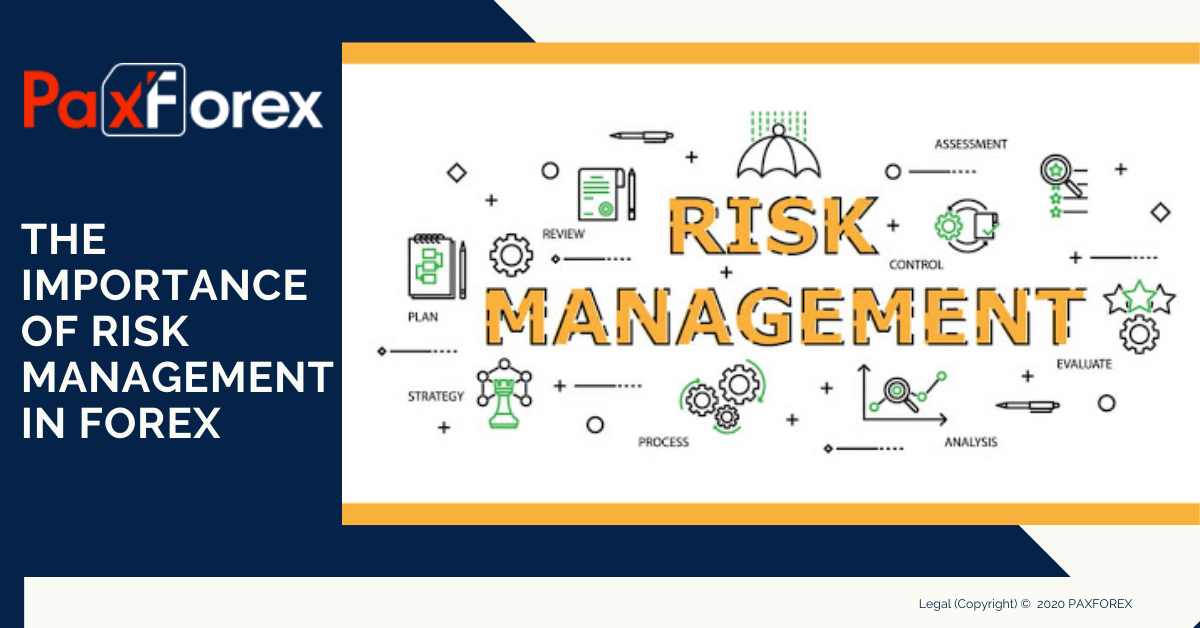The Tactical Importance of Risk Management in Building Market Advantage
The Tactical Importance of Risk Management in Building Market Advantage
Blog Article
The Relevance of Recognizing the Importance of Risk Management in Numerous Industries

The Core Principle of Risk Management and Its Purpose
Risk Management, the cornerstone of numerous industries, pivots on the recognition, evaluation, and mitigation of unpredictabilities in an organization setting. By properly identifying possible threats, businesses can create strategies to either protect against these threats from happening or decrease their influence. As soon as dangers have actually been identified and evaluated, the mitigation process includes creating strategies to decrease their potential effect.
Benefits of Applying Risk Management in Business Procedures

Unveiling the Function of Risk Management in Different Industries
While every market faces its unique set of risks, the execution of Risk Management approaches continues to be an usual in their search of sustainability and growth. In the healthcare industry, Risk Management involves making sure individual safety and security and information protection, while in money, it entails mitigating financial investment risks and guaranteeing regulatory compliance. Inevitably, the function of Risk Management throughout industries is to determine, evaluate, and alleviate threats.
Real-life Study Demonstrating Successful Risk Management
To recognize the significance of Risk Management in these lots of sectors, one can look to numerous real-life instances that show the effective application of these measures. Toyota, post the 2011 quake in Japan, changed its supply chain Management to reduce disturbance risks. These instances show exactly how markets, discovering from crises, successfully applied Risk Management methods to lower future threats.
Future Trends and Advancements in Risk Management Strategies
Cybersecurity, when a peripheral worry, has actually catapulted to the center of Risk Management, with strategies concentrating on reaction, home prevention, and discovery. The assimilation of ESG (Environmental, Social, Governance) elements right into Risk Management is another growing trend, reflecting the increasing acknowledgment of the duty that social and environmental dangers play in organization sustainability. Thus, the future of Risk Management exists in the fusion of innovative technology, innovative methods, and an alternative strategy.
Conclusion
Finally, understanding the importance of Risk Management throughout a range additional reading of industries is vital for their longevity and prosperity. Customized approaches can assist minimize possible dangers, safeguard possessions, and foster stakeholder trust. Furthermore, aggressive decision-making aids in governing compliance and enhances resource use. Ultimately, effective Risk Management contributes to much more resilient and sustainable businesses, highlighting the importance of this method in today's vibrant and highly affordable organization atmosphere.
While every market confronts its distinct set of risks, the execution of Risk Management methods continues to be a common in their quest of sustainability and development. In the medical care field, Risk Management requires ensuring client safety and data protection, while in financing, it entails mitigating financial investment threats and making certain governing compliance. Ultimately, the role of Risk Management throughout markets is to determine, assess, and minimize threats. These cases show see just how markets, discovering from situations, properly applied Risk Management methods to lower future dangers.

Report this page